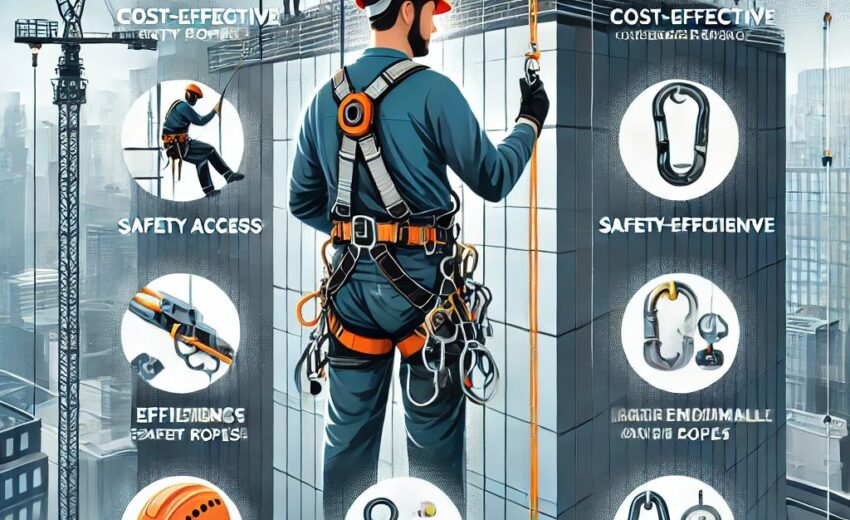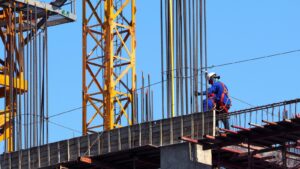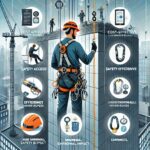
Rope access is a specialized technique used for working at height, providing a safer, more cost-effective, and versatile alternative to traditional methods like scaffolding and aerial lifts. This approach utilizes a system of ropes, harnesses, and anchors to enable skilled technicians to perform inspections, maintenance, and repair work in challenging locations. It is widely adopted in various industries, including construction, oil and gas, telecommunications, and renewable energy.
How Does Rope Access Work?
Rope access operates on a dual-rope system, consisting of a primary working rope and a backup safety rope. Each technician is securely harnessed and attached to both ropes, ensuring maximum protection in case of equipment failure. This system minimizes risks and enhances safety, making rope access one of the most reliable methods for work at height.
Unlike scaffolding, which requires extensive setup, or aerial lifts, which demand significant space and costs, rope access allows for quick deployment. Technicians can reach even the most difficult locations with minimal infrastructure, reducing time, labor, and overall costs.
Safety and Training Standards
One of the key strengths of rope access is its strict adherence to safety protocols. Organizations such as the Industrial Rope Access Trade Association (IRATA) and the Society of Professional Rope Access Technicians (SPRAT) regulate training and certification. Workers must undergo rigorous theoretical and practical training to acquire skills in maneuvering, rescue techniques, and risk assessment.
The emphasis on safety extends to the equipment used. All gear, including ropes, harnesses, and connectors, undergoes regular inspections to ensure compliance with industry standards. The use of redundancy mechanisms, such as dual ropes and fail-safe devices, significantly reduces the likelihood of accidents.
Applications of Rope Access
Rope access is incredibly versatile and is utilized across multiple industries. In building maintenance, it is commonly employed for window cleaning, façade repairs, and structural inspections. The oil and gas sector relies on rope access for offshore platform maintenance and pipeline checks. Telecommunications companies use it for tower climbing and equipment installation, while the renewable energy sector benefits from its efficiency in wind turbine maintenance and inspections.
Cost-Effectiveness and Environmental Benefits
One of the biggest advantages of rope access is its cost efficiency. Traditional access methods, such as scaffolding or aerial work platforms, require significant investment in materials, transportation, and manpower. In contrast, rope access eliminates the need for bulky equipment, reducing both time and expenses.
Additionally, rope access has a lower environmental impact. It minimizes material waste, reduces the need for fuel-powered machinery, and leaves a smaller footprint compared to conventional methods. This aligns with global sustainability goals, making it a preferred choice for eco-conscious industries.











